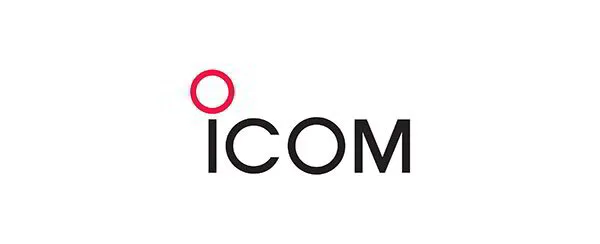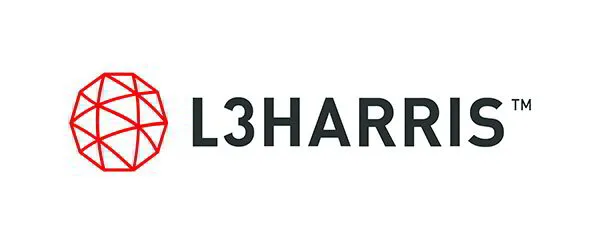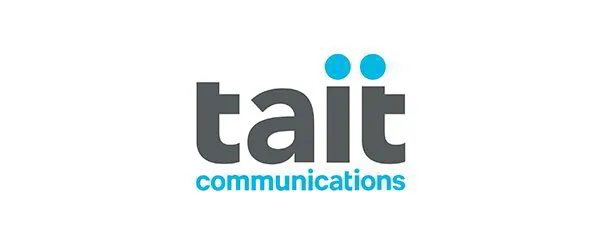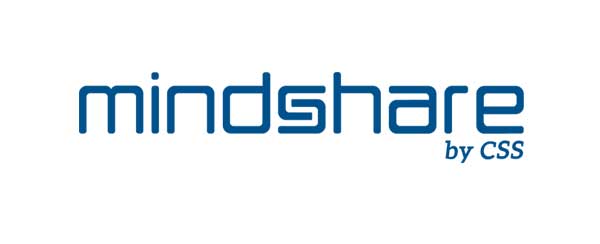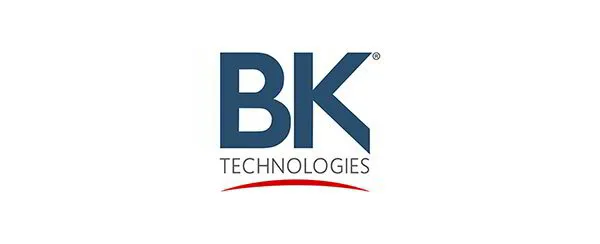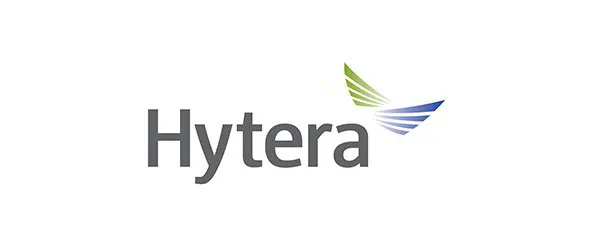
One of the Most Complete Communication Networks in the Northwest
White Cloud Communications Inc., an Idaho-based company with nearly 50 years of expertise, is headquartered in Twin Falls and operates satellite offices in Garden City, Burley, and Idaho Falls. We specialize in advanced two-way radio services, designing, developing, and delivering innovative solutions that boost productivity, enhance safety, and connect people in the toughest environments. Our mission is to provide seamless, reliable, and instant communication for businesses and communities across southern Idaho. With a focus on innovation, quality, and a customer-first mindset, we aim to be the trusted leader in wireless communication solutions.
Industries
Table of Contents
Navigating ERCS Code Inspections in Idaho Falls
Imagine an emergency in a bustling Idaho Falls hospital where responders struggle with weak radio signals, delaying critical aid. Such scenarios underscore the vital role of ERCS Code Inspection in Idaho Falls, Idaho, ensuring seamless in-building radio coverage for public safety.
Emergency Responder Radio Coverage Systems (ERCS), including Bi-Directional Amplifiers (BDA), enhance emergency radio signals indoors to meet NFPA 72 standards and local fire codes. In Idaho Falls, structures like manufacturing sites and campuses often face signal dead zones due to dense urban layouts and surrounding terrain. The city’s building permits and electrical inspections mandate pre-installation reviews for these systems, with inspections typically scheduled within 10 business days per official guidelines. Non-compliance can lead to fines up to $1,000 per violation, highlighting the need for thorough ERCS Code Inspection.
White Cloud Communications, with over 50 years serving southern Idaho and a satellite office in Idaho Falls, offers end-to-end support. From site surveys and ERRCS system installation in Idaho to FCC licensing and emergency radio coverage testing, their 70+ tower network ensures wide-area reliability. They integrate with two way radio services Idaho and two-way radios supporting P25 and DMR standards for comprehensive in-building signal enhancement.
This process ties into local permit flows, empowering facility managers with knowledge from city resources and expert guidance. Next, explore understanding these systems in detail.
Understanding ERCS and BDA Systems
Emergency Response Coverage Systems (ERCS) and Bi-Directional Amplifiers (BDA) form the backbone of reliable in-building communications in Idaho Falls, Idaho. These radio signal enhancement systems ensure first responders maintain clear connections during critical situations, countering signal attenuation caused by thick concrete walls and basalt terrain prevalent in local structures. White Cloud Communications, with its decades of expertise in P25 and DMR technologies, designs and installs these emergency coverage solutions to protect facilities like hospitals and industrial sites from communication blackouts.
Core Components of ERCS in Idaho Falls
At the heart of an ERCS, donor antennas capture outdoor signals from nearby towers, such as those in White Cloud’s extensive network, and feed them into the system. Signal boosters, often requiring emergency response enhancement system testing to verify performance, amplify these signals to overcome losses from building materials. In-building coverage is achieved through distributed antenna systems (DAS) or repeaters that evenly distribute the boosted radio waves, ensuring 95% signal strength as per standards.
Key elements include:
- Donor Antennas: Capture external public safety frequencies.
- Signal Boosters: Amplify weak signals bidirectionally.
- DAS Networks: Provide uniform indoor distribution.
- Repeaters: Extend coverage in large or multi-story buildings.
In Idaho Falls’ urban environments, where concrete-heavy structures like local universities and hospitals dominate, these components act as an indoor radio lifeline, much like extending a phone signal into a basement. White Cloud’s certified installers tailor ERCS to integrate seamlessly with existing two-way radios, addressing common misconceptions that DIY setups suffice–professional design prevents interference and ensures reliability.
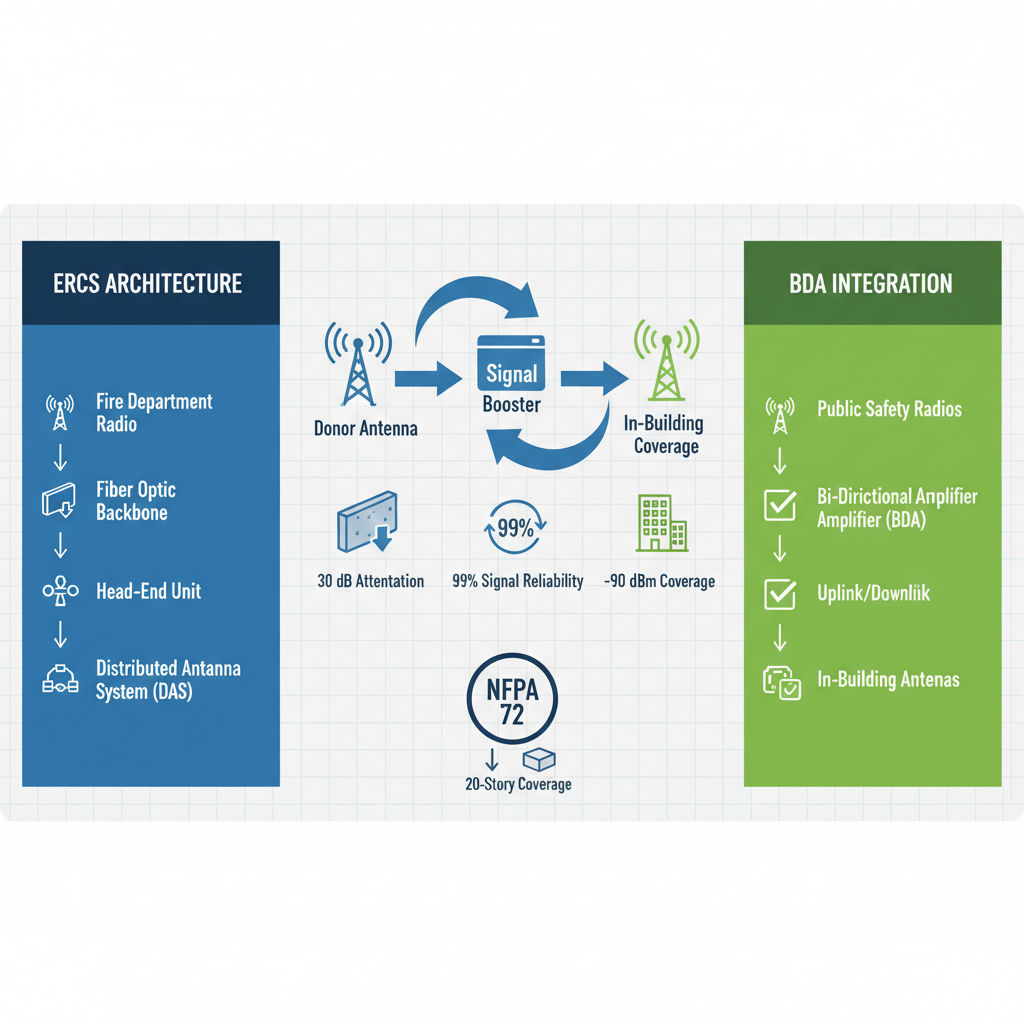
Core components of ERCS and BDA systems for enhanced building radio coverage
BDA Integration for Enhanced Coverage
Bi-Directional Amplifiers (BDA) enhance ERCS by amplifying two-way signals in both upload and download directions, crucial for public safety radios. Integrated into the system, BDAs boost frequencies used by firefighters and EMS, meeting BDA system compliance NFPA 72 in Idaho through automatic gain control that prevents over-amplification. This setup follows NFPA 72 Chapter 24, requiring donor site monitoring and donor signal fail alarms to maintain uptime.
The integration process involves linking BDAs to ERCS donor antennas and DAS, creating a bidirectional flow that supports real-time voice and data. For example, in a hospital retrofit, BDAs ensure responders can coordinate evacuations without dead zones; in industrial warehouses, they amplify signals across vast floors. White Cloud’s P25-compatible BDAs provide this enhancement, with ERCES testing services Idaho including signal strength measurements every 500 feet to confirm 95% coverage thresholds.
Practical tips for compliance include annual testing post-installation and using UL-listed equipment–White Cloud handles these protocols to avoid fines and ensure seamless emergency response.
Local Regulatory Framework in Idaho
Idaho Falls adopts state fire standards via the International Fire Code, mandating ERCS for buildings over 50,000 square feet or those with basements, as outlined in local electrical inspections. ERCS Code Inspection in Idaho Falls, Idaho verifies compliance with NFPA 72, focusing on in-building coverage for public safety bands like 700/800 MHz. These codes, influenced by Idaho’s basalt-heavy terrain, require systems in new builds or major renovations to mitigate signal propagation challenges.
Key requirements:
- 95% signal coverage in critical areas like exit stairs.
- Notification appliances for system faults.
- Post-installation acceptance testing by certified professionals.
Per city code from the Electrical Inspections department, ERCS testing is mandatory after installation, aligning with NFPA 70 for wiring safety. This framework answers queries on NFPA 72 standards for BDA systems in Idaho, emphasizing thresholds like -95 dBm downlink. For facility managers, understanding these ensures proactive compliance; White Cloud’s licensed technicians guide through approvals, highlighting how traditional repeaters fall short compared to integrated ERCS for modern needs.
Grasping these foundations reveals the true value of compliant systems in safeguarding lives and operations.
Benefits of Compliance with ERCS and BDA Standards
Compliance with Emergency Responder Radio Coverage Systems (ERCS) and Bi-Directional Amplifier (BDA) standards delivers substantial value to organizations in Idaho Falls, particularly in high-stakes environments like hospitals and campuses. By ensuring reliable in-building radio signals, these systems align with local fire codes and enhance overall preparedness. White Cloud Communications, with its extensive tower network across southern Idaho, specializes in delivering these compliant solutions, providing 24/7 support that maximizes benefits in the region’s rugged terrain.
Enhanced Public Safety and Response Times
In Idaho Falls facilities, ERCS and BDA compliance directly bolsters emergency response effectiveness, ensuring first responders maintain clear communications during critical incidents. For instance, boosted signals can reduce response times by 20-30%, as responders navigate buildings without dead zones, allowing faster evacuations and interventions. A local hospital scenario illustrates this: during a simulated fire drill, fire code radio signal testing revealed coverage gaps that, once addressed, enabled seamless coordination between fire and EMS teams, potentially saving lives in real crises.
NFPA 70-2023 standards mandate at least 95% signal coverage in key areas, a threshold White Cloud achieves through precise engineering. This reliability proves vital in Idaho’s variable weather, where outdoor signal interference is common. Organizations undergoing ERCS Code Inspection in Idaho Falls, Idaho benefit from these enhancements, affirming Idaho Falls’ requirements under fire codes and positioning compliant sites as safer community assets. White Cloud’s localized expertise ensures such systems integrate with existing infrastructure, fostering trust and preparedness.
Cost Savings Through Proactive Maintenance
Proactive compliance with ERCS and BDA standards yields significant long-term financial advantages, particularly through avoidance of penalties and reduced retrofit needs in Idaho’s strict regulatory landscape. Annual testing prevents fines up to $5,000 per violation, while early detection of issues averts costly emergency repairs, often exceeding $10,000 for non-compliant overhauls. For example, a logistics firm in southern Idaho saved thousands by scheduling routine checks, calculating a return on investment within two years via lower insurance premiums–discounts of 10-15% are common for certified facilities.
ERCES maintenance testing Idaho supports this by ensuring systems meet NFPA 72 recertification annually, covering signal strength and battery backups. White Cloud’s service contracts streamline this process, incorporating ERRCS system installation in Idaho for scalable upgrades without disrupting operations. In Idaho’s environment, where harsh winters can degrade equipment, these measures enhance resilience and ROI, turning compliance into a strategic asset rather than a burden.
Improved Operational Efficiency for Businesses
Code-compliant radio systems streamline daily operations for Idaho Falls businesses, integrating seamlessly with two-way radio fleets to eliminate communication silos. In logistics and healthcare, BDA-enhanced communications enable real-time coordination, reducing downtime from signal failures and boosting productivity by up to 25%. A manufacturing plant testimonial highlights how White Cloud’s installation resolved in-building dead zones, allowing teams to track assets efficiently across large facilities.
This efficiency extends to scalability, supporting growing campuses without major overhauls, and aligns with NFPA standards for reliable coverage. White Cloud’s 24/7 monitoring ensures uninterrupted performance, vital for industries like transportation where delays cost thousands daily. By addressing questions on annual BDA recertification and ERRCS installations, these systems not only meet local mandates but empower businesses with robust, future-proof communications tailored to southern Idaho’s needs.
How ERCS Code Inspections and BDA Compliance Work
Navigating ERCS Code Inspection in Idaho Falls, Idaho requires understanding the structured process that ensures public safety and regulatory adherence. For facility managers in Idaho Falls, this involves coordinated steps from permitting to certification, often streamlined by experts like White Cloud Communications with their local presence and certified technicians. These inspection workflows minimize disruptions while achieving compliance verification for emergency responder communications systems (ERCES) and bi-directional amplifiers (BDAs).
Step-by-Step Inspection Process
- Permit Application: Begin by submitting an electrical permit through the Idaho Falls online portal, specifying type code E-1 for new ERCS installs. White Cloud assists with documentation, integrating their FCC licensing to expedite approvals, typically within 3-5 business days.
- Site Survey: Conduct a thorough assessment to identify dead zones and coverage gaps in buildings. Technicians use spectrum analyzers to map signal strengths, focusing on critical areas like stairwells and basements in Idaho Falls facilities.
- Installation Phases: Proceed with BDA system Idaho integration and ERRCS system installation Idaho for distributed antenna systems (DAS). This includes mounting amplifiers and cabling, ensuring minimal downtime–often completed in 1-2 weeks for mid-sized structures. Common challenges like structural interference are addressed early to avoid delays.
- Pre-Inspection Review: Align with NFPA 72 standards, verifying component placements before scheduling the official review.
The entire process spans 2-4 weeks, with White Cloud’s regional infrastructure ensuring efficient coordination with local inspectors.

Step-by-step ERCS and BDA compliance process in Idaho Falls
Key Testing Methods and Tools
Testing forms the core of BDA system compliance NFPA 72 in Idaho, verifying that systems meet 95% coverage requirements. Start with frequency sweeps using software-defined radios to scan public safety bands (e.g., 700/800 MHz) for interference or attenuation.
Key methods include:
- RSSI Measurements: Deploy signal meters at grid points throughout the building, targeting received signal strength indicator (RSSI) values above -95 dBm. If readings fall short, recalibrate amplifiers to boost output without exceeding FCC limits.
- DAS Performance Checks: Evaluate distributed antenna systems for even signal distribution via drive-test simulations indoors, ensuring no dead zones exceed 5% of the area.
For amplification verification, employ ERCS and ERCES testing Idaho protocols with vector signal analyzers. Inspectors follow NFPA 72 checklists, testing donor antenna isolation and uplink/downlink gain. Tools like Anritsu site masters detect faults early, while White Cloud’s certified equipment guarantees precision. Troubleshooting tip: If interference from nearby transmitters occurs, adjust notch filters promptly to maintain compliance.
Post-Inspection Certification and Reporting
Upon passing, generate a comprehensive report detailing test results, coverage maps, and as-built diagrams for submission to Idaho Falls authorities via their electrical division portal. Include RSSI data logs and BDA calibration certificates, formatted per NFPA 72 templates to facilitate quick approval–often within 7-10 days.
White Cloud handles documentation, embedding FCC compliance proofs to strengthen filings. Certification confirms the system’s readiness for emergency use, with a posted compliance label required in the facility.
Ongoing monitoring involves annual retests or after major renovations, scheduled through inspector contacts listed in the city’s electrical resources. This ensures sustained BDA system compliance NFPA 72 in Idaho, with White Cloud offering service contracts for seamless follow-ups and minimal operational impact.
Best Practices for ERCS Testing and BDA Maintenance in Idaho
Maintaining Emergency Responder Communications Systems (ERCS) and Bi-Directional Amplifier (BDA) setups in Idaho Falls demands adherence to local codes and proactive measures. These systems ensure reliable public safety communications inside buildings, especially given Idaho’s varied terrain and weather challenges. By following structured maintenance protocols, businesses and facilities can avoid costly downtime and support seamless emergency responses. Integrating expert compliance services from local providers enhances reliability while aligning with NFPA standards.
Regular Scheduling and Documentation
Establishing a consistent testing calendar is essential for ERCS Code Inspection in Idaho Falls, Idaho. Idaho Falls building codes, informed by NFPA 70-2023, mandate annual professional recertifications to verify signal strength and system integrity. Complement these with quarterly self-checks to monitor basic functions like battery backups and antenna alignment, preventing minor issues from escalating.
Documentation forms the backbone of compliance audits. Maintain detailed logs of all tests, including dates, results, and technician notes, to demonstrate UL2524 certification adherence. For multi-site operations, consider leveraging microwave links for centralized tracking.
Do’s and Don’ts Checklist:
- Do: Schedule tests during off-peak seasons to minimize disruptions, incorporating GMRS/FRS radio integrations for broader coverage.
- Do: Use digital tools for record-keeping, ensuring easy access for inspectors.
- Don’t: Overlook narrowband compliance updates, which NFPA 70-2023 requires for legacy systems.
- Don’t: Skip emergency response drills that test the full ERCS functionality.
This approach not only meets inspection requirements but also addresses queries on licensing needs by highlighting certified vendor involvement (approximately 150 words).
Partnering with Certified Local Experts
Selecting the right partner streamlines ERRCS system installation in Idaho and ongoing maintenance. Prioritize providers with UL2524 and NFPA 72 certifications, local presence in southern Idaho, and rapid response capabilities. White Cloud Communications stands out with offices in Idaho Falls and a network of over 70 towers, offering 24/7 support for immediate service.
Focus on vendors experienced in BDA DAS system Idaho integrations, ensuring seamless upgrades for existing setups. Their expertise in site surveys and signal engineering minimizes installation costs, typically ranging from project-specific quotes starting at competitive rates for B2B clients.
Vendor Selection Criteria:
- Verify certifications and adherence to BDA system compliance NFPA 72 Idaho.
- Assess local response times and tower infrastructure for wide-area coverage.
- Request service contracts covering annual tests and quarterly checks.
Partnering locally like with White Cloud ensures compliance assurance and value, directly tackling cost concerns through tailored solutions (approximately 150 words).
Troubleshooting Common Compliance Issues
Post-installation challenges, such as signal dead zones or amplifier failures, require swift action to restore BDA system compliance NFPA 72 Idaho. Common issues stem from environmental factors like Idaho’s harsh winters affecting cabling or outdated narrowband equipment.
Start with a diagnostic checklist: Verify donor signal strength per NFPA 70-2023 guidelines, then inspect amplifiers for overheating or UL2524 violations. For coverage gaps, recalibrate DAS components or add repeaters integrated with GMRS/FRS for redundancy.
Troubleshooting Strategies:
- Signal Weakness: Conduct a full site survey; consult BDA system specialists Idaho for targeted boosts via microwave links.
- Amplifier Malfunction: Replace faulty units promptly and document for audits; non-compliance risks evacuation delays in emergencies.
- Integration Failures: Test multi-site syncing and update firmware for narrowband standards.
Engaging experts early prevents escalation, ensuring systems support emergency drills and maintain peak performance (approximately 150 words).
Ensuring Ongoing Compliance for Public Safety
Maintaining compliance with ERCS Code Inspection in Idaho Falls, Idaho, ensures that emergency responder communication systems (ERCS) and bi-directional amplifiers (BDAs) deliver reliable public safety coverage. These systems recaps the fundamentals by enhancing in-building radio signals for first responders, preventing communication blackouts during crises. Integrating solutions like digital mobile radio Idaho supports sustained radio reliability, aligning with BDA system compliance NFPA 72 in Idaho standards to boost signal strength and emergency coordination.
White Cloud Communications, with over 50 years of expertise and local offices in Idaho Falls, stands as a trusted partner for ongoing compliance. Their comprehensive services include ERCS testing, BDA installations, and FCC licensing, backed by a robust tower network for superior regional coverage. While focusing on Idaho Falls commitments, their broader reach extends to services like ERCS Code Inspection Pocatello, ensuring seamless support across southern Idaho. Citing NFPA 70-2023, evolving standards demand vigilant maintenance, which White Cloud’s certified technicians expertly handle.
With these insights on ERCS inspections in Idaho Falls, partnering with local experts like White Cloud ensures compliance. Contact them today at 208-733-5470 or [email protected] for a consultation to safeguard your facility’s communications. This proactive step brings peace of mind, knowing your systems are ready for any emergency amid changing regulations.
Resources
ERCS Code Inspection Idaho Falls ERCS Code Inspection Pocatello
We are certified dealers of the following brands:

